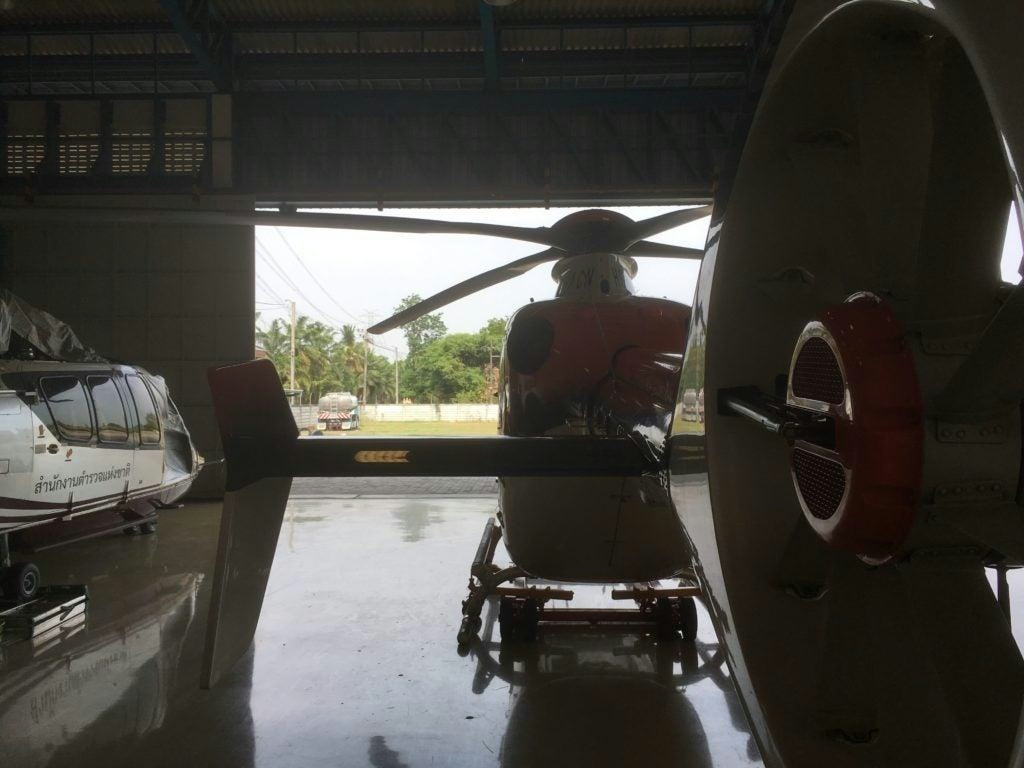
AeroGenie — Votre copilote intelligent.
Tendances
Categories
The Purpose of Engine Chevrons on Boeing’s 787 Dreamliner

The Purpose of Engine Chevrons on Boeing’s 787 Dreamliner
Boeing’s 787 Dreamliner, introduced in 2004 and entering commercial service with All Nippon Airways in 2011, has established itself as a pivotal aircraft in modern aviation. Renowned for its fuel efficiency and long-range capabilities, the Dreamliner has amassed over 2,200 orders, with approximately 1,200 units delivered to date. Among its most distinctive design elements are the engine chevrons—serrated, tooth-like edges located on the rear of the engine nacelles—engineered specifically to address a significant challenge in aviation: noise reduction.
The Role of Engine Chevrons in Noise Mitigation
The primary function of the engine chevrons is to reduce noise emissions generated by the aircraft’s engines. As global air travel has expanded, concerns over the environmental and community impact of aircraft noise, particularly in the vicinity of airports, have intensified. In response, regulatory authorities have progressively tightened noise standards, compelling manufacturers to develop innovative solutions. Boeing incorporated chevrons not only on the 787 but also on other models such as the 747-8 and 737 MAX to meet these demands.
Chevrons operate by facilitating a smoother mixing of the hot exhaust air from the engine core with the cooler bypass air. Typically, the interaction between these two airflows produces turbulence, which is a major contributor to engine noise. The V-shaped chevrons help blend these air streams more gradually, thereby reducing turbulence and the resultant noise. This design benefits both airport communities by lowering noise pollution and passengers by providing a quieter cabin environment.
Compliance with Evolving Noise Regulations
Since the 1970s, international noise standards, including those established by the International Civil Aviation Organization (ICAO), have become increasingly stringent. The latest Stage 5 standards mandate that aircraft operate at significantly reduced noise levels compared to earlier generations. Airlines operating noisier aircraft face financial penalties such as higher airport fees, and in some cases, restrictions or bans on operations. For airlines investing heavily in new fleets, adherence to current and anticipated noise regulations is a critical consideration.
Innovation Amidst Challenges in Engine Reliability
While the introduction of chevrons marks a notable advancement in noise reduction technology, the broader context of engine performance and reliability remains under close scrutiny. Recent incidents involving emergency landings of United Airlines and Air India 787 aircraft have underscored the importance of dependable engine technology. These events have drawn increased attention from aviation regulators and insurance providers, potentially resulting in higher insurance premiums and more stringent safety requirements for operators.
Such challenges also affect competitive dynamics within the aerospace industry. Rival manufacturers may respond by enhancing their own engine designs and safety features to distinguish their aircraft in the market. For Boeing and its peers, the imperative is clear: innovations like engine chevrons must be complemented by continuous improvements in engine reliability and safety protocols.
Future Outlook
The adoption of engine chevrons on the 787 Dreamliner reflects Boeing’s commitment to addressing environmental concerns and community expectations regarding aircraft noise. However, as recent developments illustrate, noise reduction represents only one facet of a multifaceted challenge. Ensuring engine reliability and safety remains a paramount priority as the aviation industry continues to evolve, with manufacturers, regulators, and airlines collectively shaping the future of quieter and safer air travel.
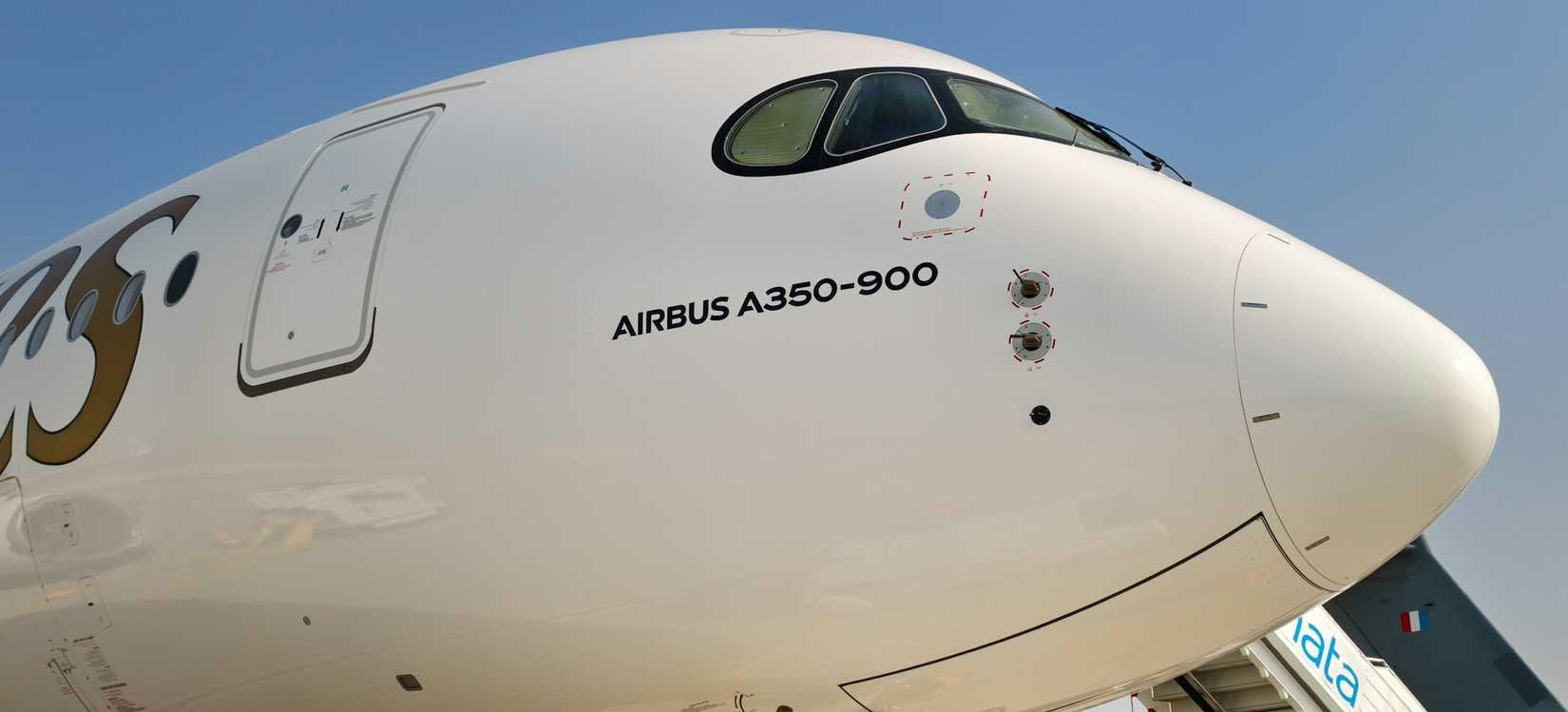
Airline to Operate Fastest-Growing Airbus A350 Fleet in 2025
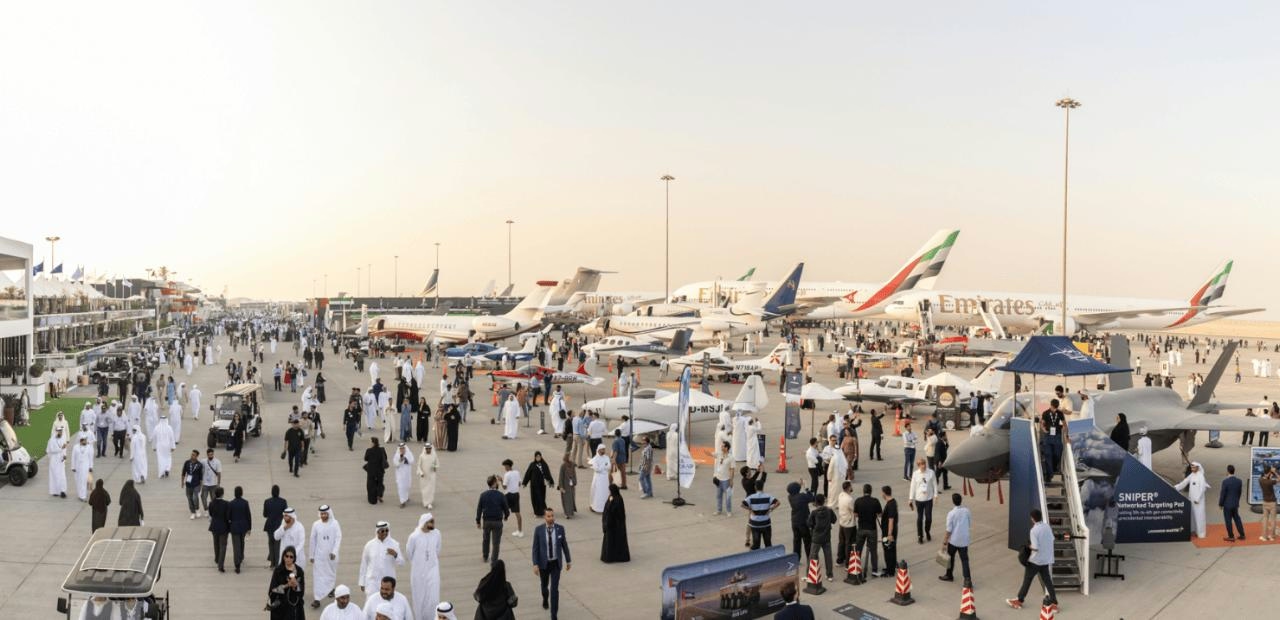
Largest Aircraft Orders Worldwide in 2025
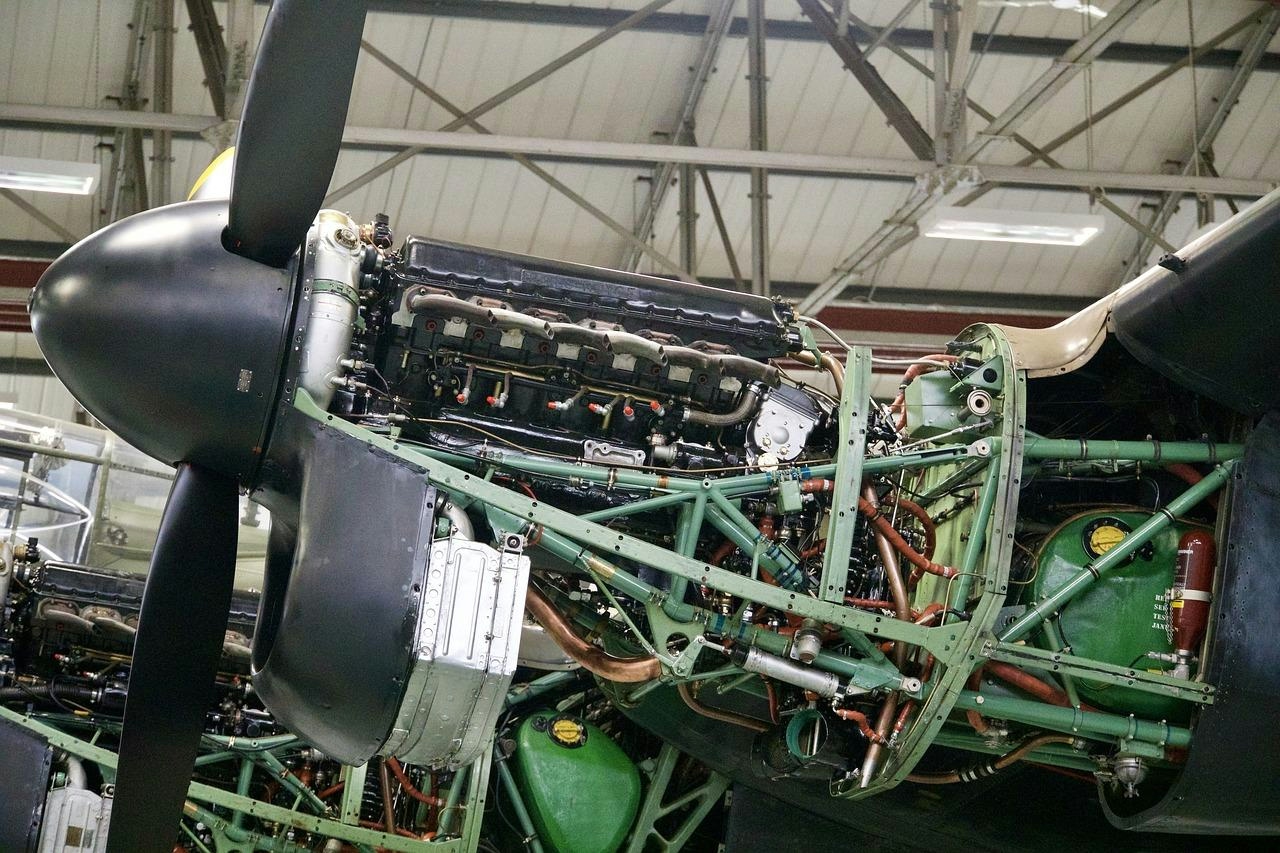
Adani Group to Enter Engine Maintenance and Aircraft Conversion Sectors
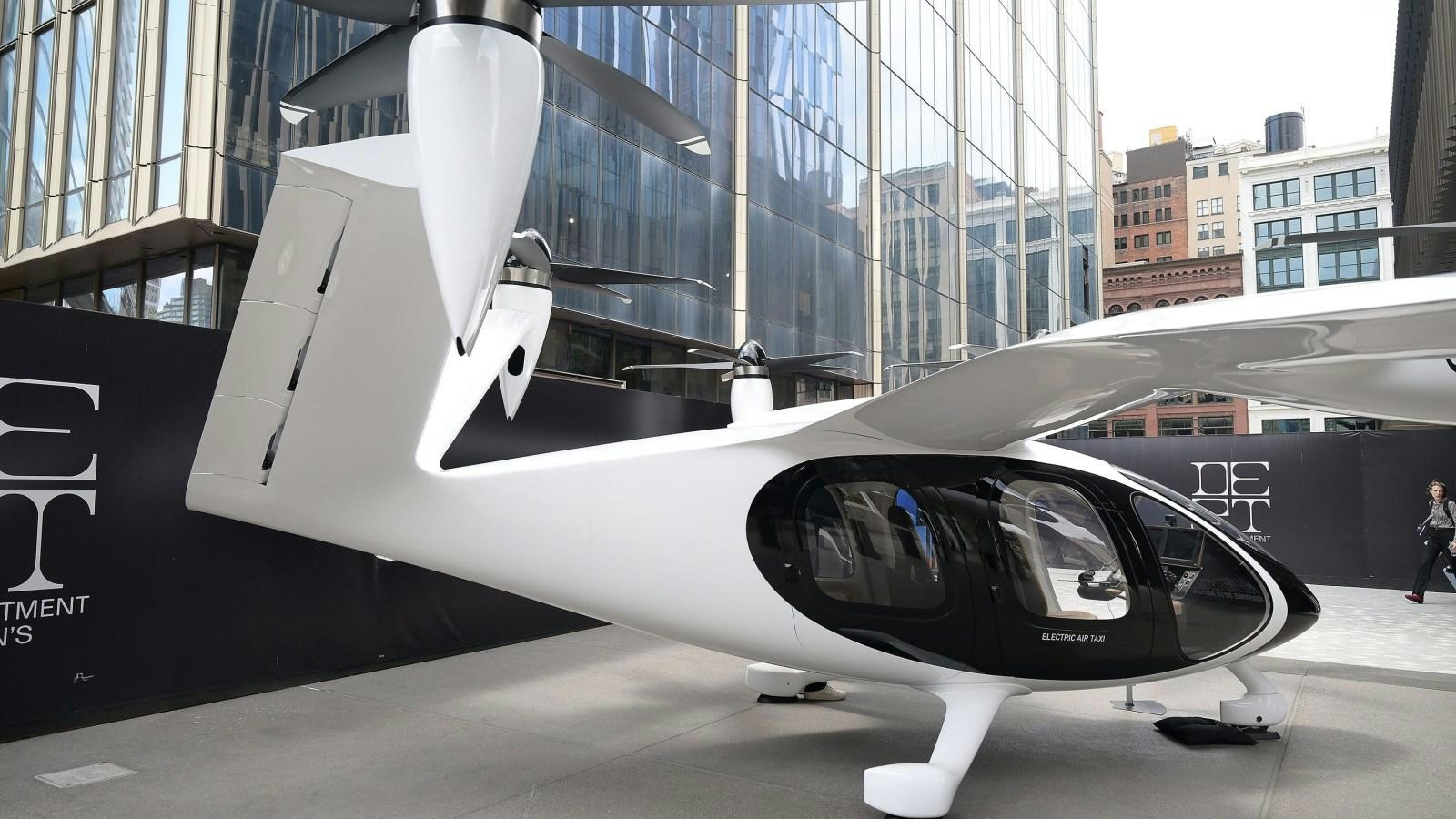
Joby Aviation Positioned to Lead Air Taxi Market by 2026
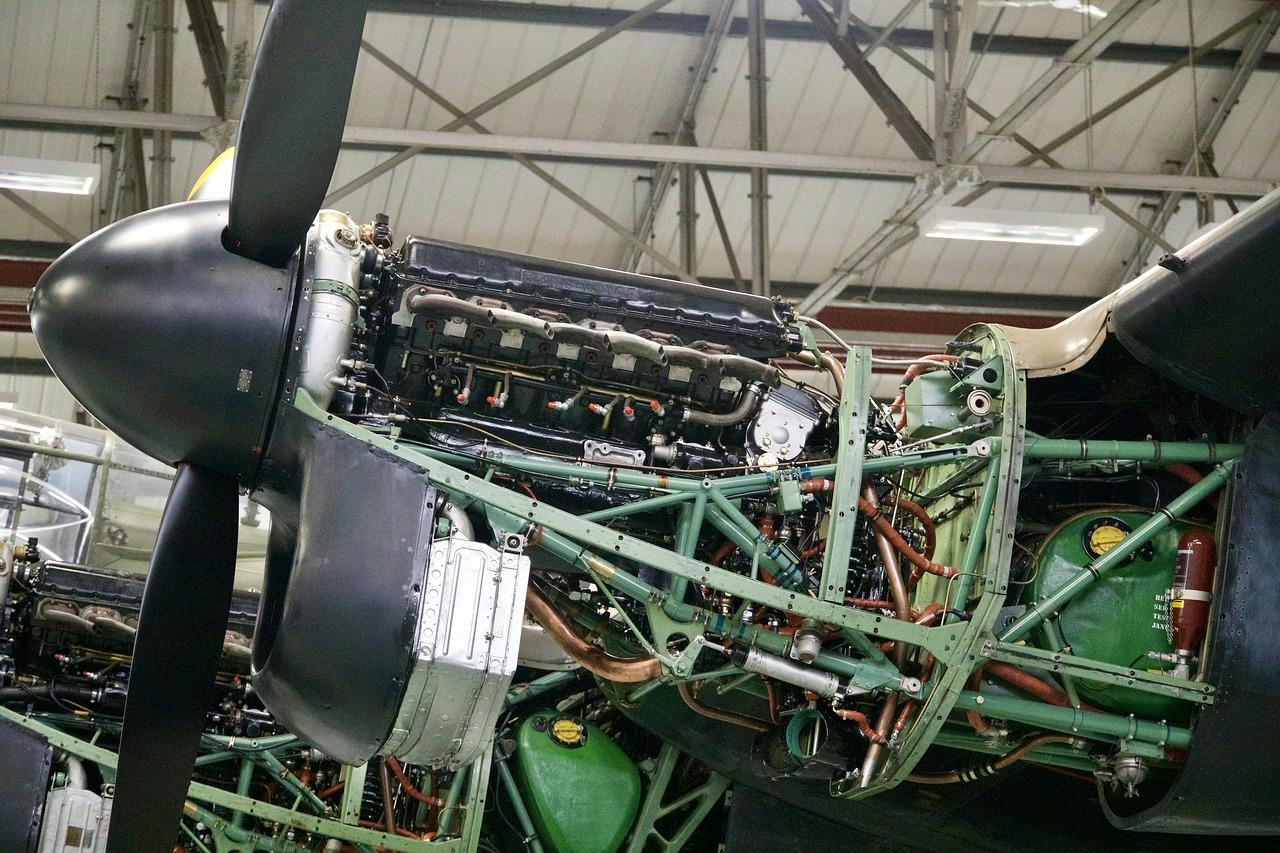
Adani Group Expands into Aircraft Maintenance and Conversion
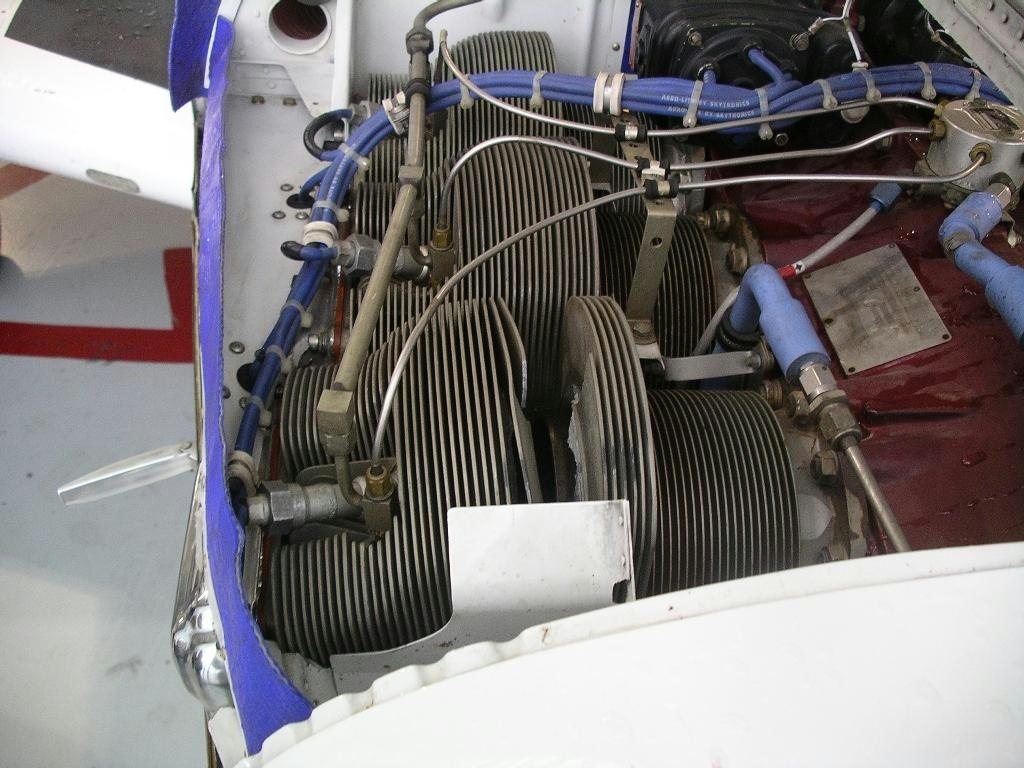
FAA Investigates Shutdowns of Lycoming IO-360 Engines
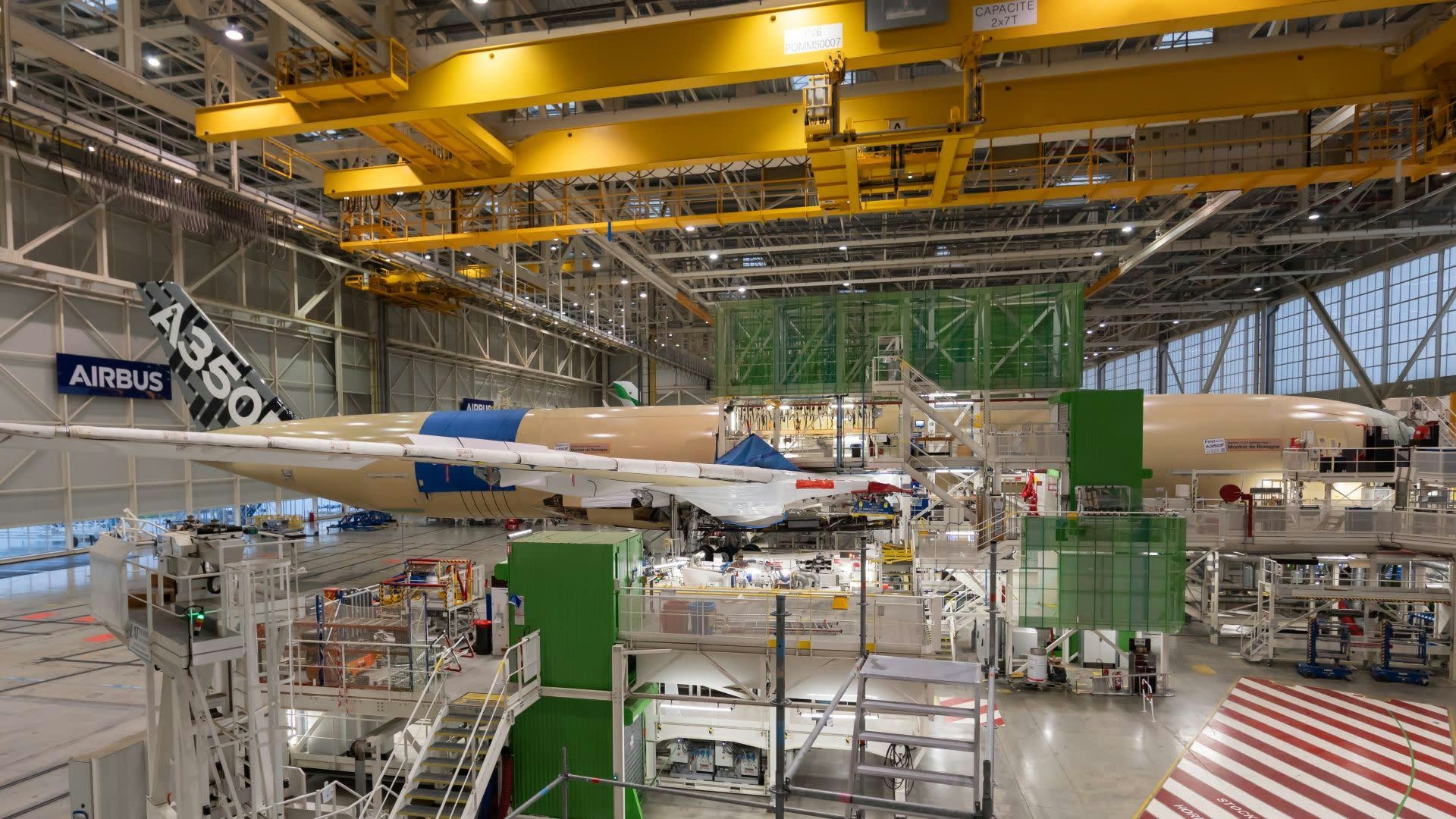
Airbus A350 Freighter Receives Certification
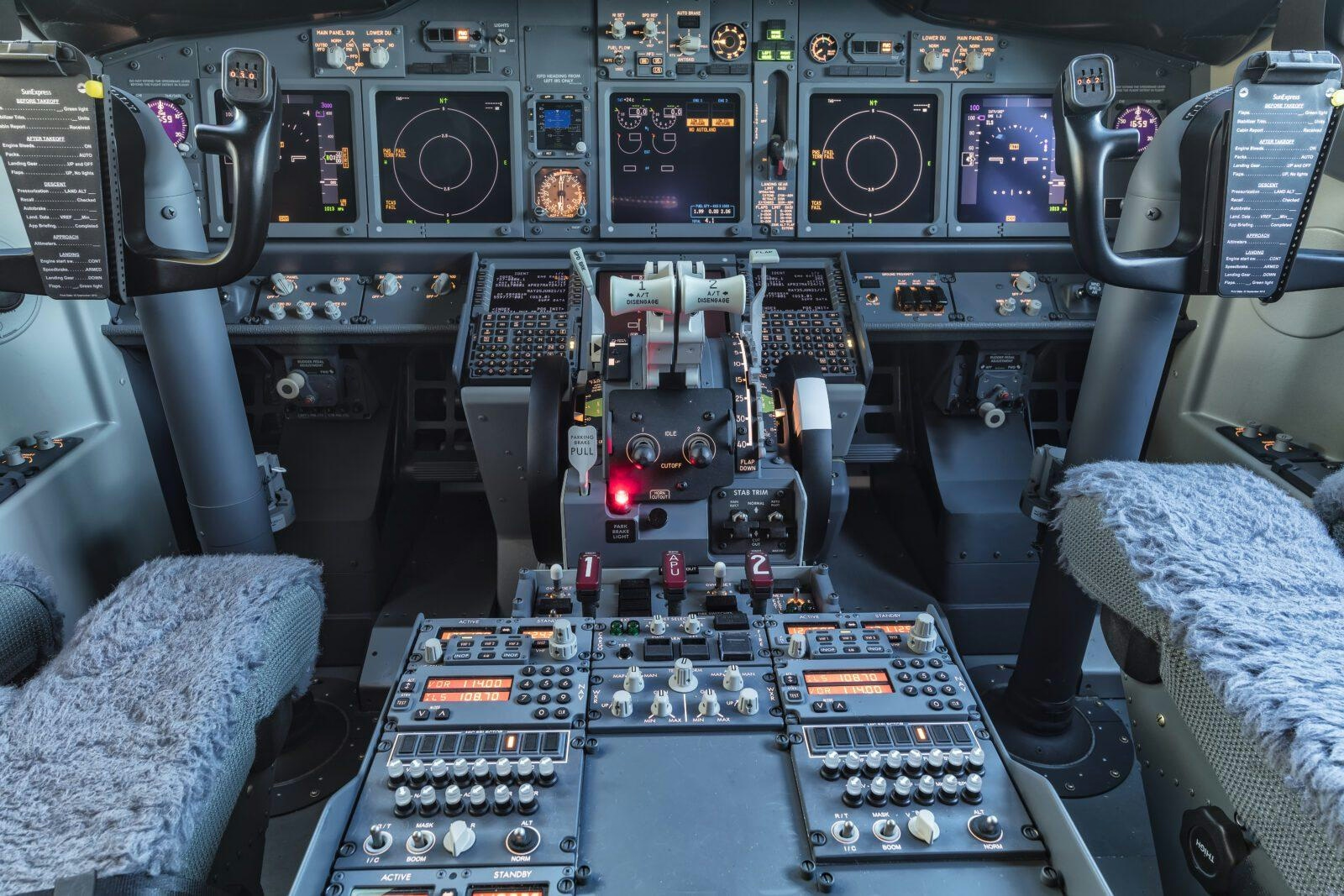
Investigators Examine Theory That Cockpit Sun Visor Caused Boeing 737 Engine Shutdown After Takeoff

Comparing the Fuselage Lengths of the Airbus A350-1000 and Boeing 787-10
